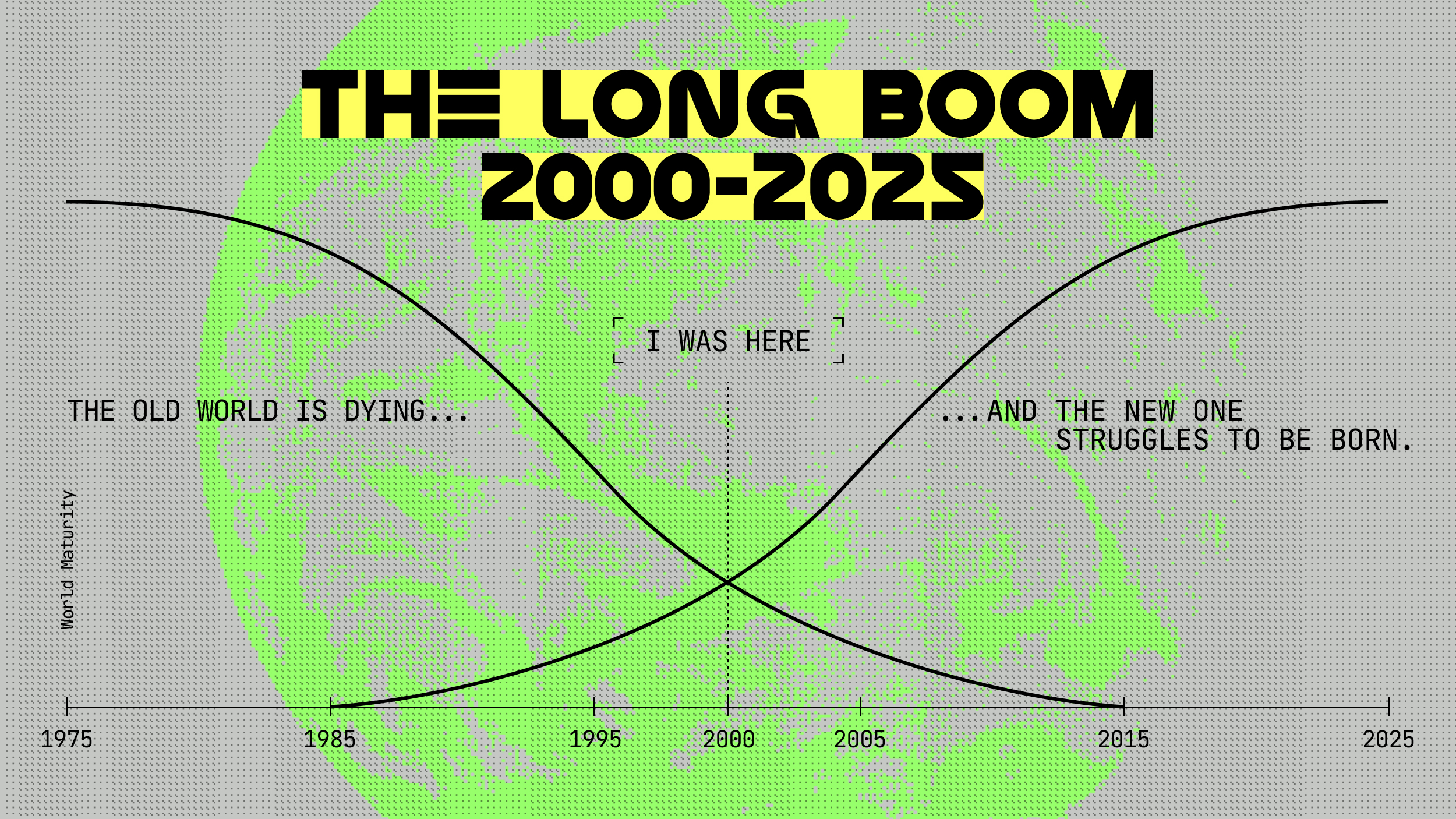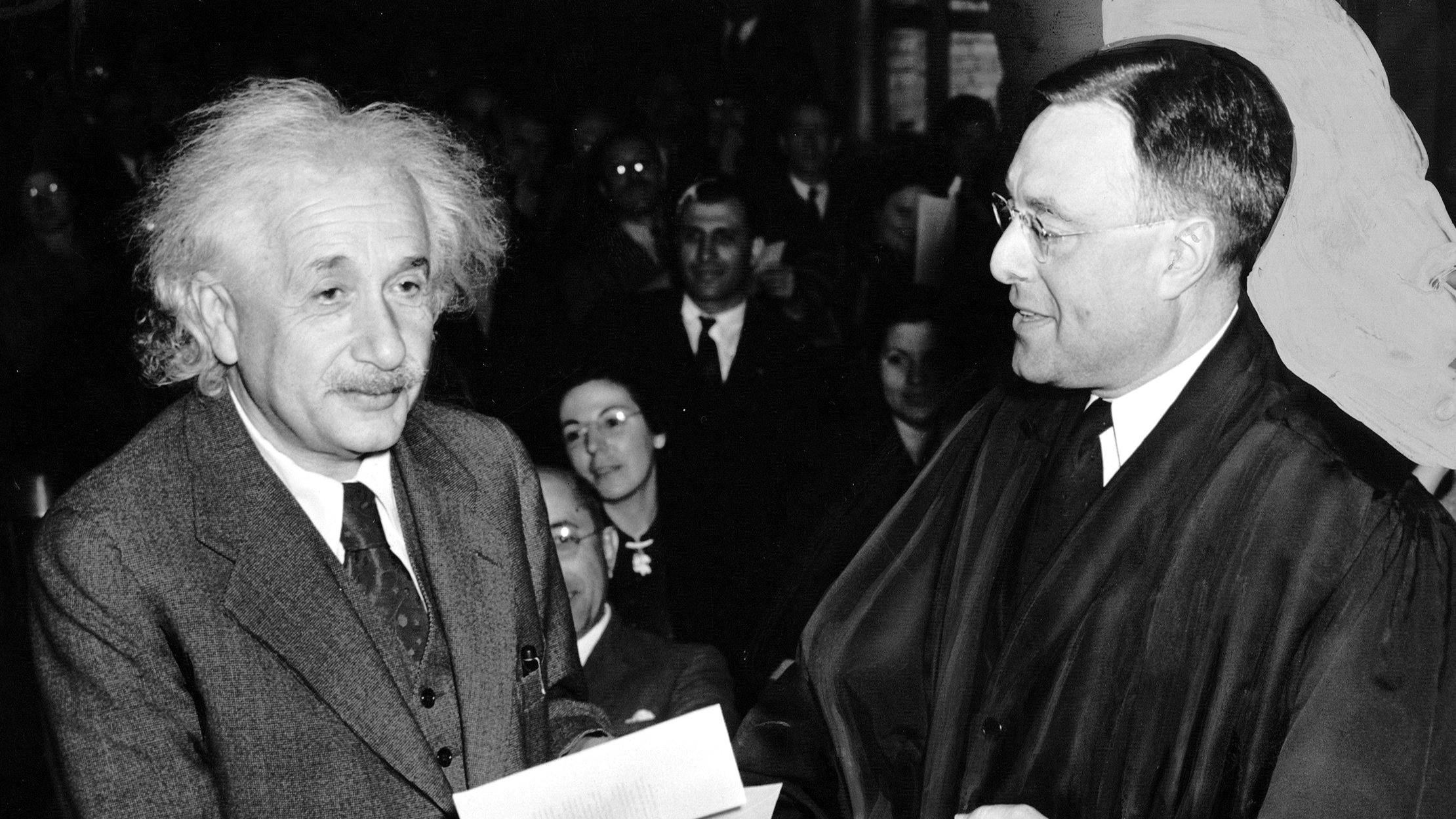An Early Look at The Future of Science Journalism
One of the reporters I spotted at AAAS was Curtis Brainard of the Columbia Journalism Review. Curtis is CJR’s science correspondent and creator of CJR’s Observatory, a great new online source for analysis of how the media is covering science.
At AAAS, I also saw Bud Ward who runs the Yale Forum on Climate Change & the Media. The site is designed to foster dialogue on climate change among scientists, journalists, policymakers, and the public. And as I mentioned in an earlier post, I appeared on an amazing panel with Andy Revkin of the NY Times, who has launched the ultra-successful Dot Earth blog, made possible in part through a Guggenheim fellowship.
With fewer and fewer outlets for science coverage at the mainstream news organizations, The Observatory, Dot Earth, and the Yale Forum represent the future of science journalism. The future will be online, in film, and/or multi-media, merging reporting with synthesis, analysis, personal narrative, and opinion. The goals will be to inform but also to persuade and to mobilize. And most importantly, it will be non-profit, sponsored by universities, museums, think tanks, foundations, professional societies such as AAAS, or government affiliated organizations such as NSF or the National Academies.
However, the new forms, modes, style, and sponsors for science coverage will mean that journalists will have to rethink their standard orientations and definitions of objectivity and balance. The future is already here, it’s time to talk about what it all means.
What do readers think? Particularly journalists out there?




